At Grow Make Learn, we believe self-sufficiency should be accessible to everyone—no matter your budget, living space, or skill level. With years of experience empowering families across the UK to grow, make, and learn together, we’re here to help you start strong without spending a single penny.
Let’s prove that simple self-sufficiency starts with what you already have.
You don’t need to splash out on fancy tools or equipment to start living more sustainably. With the right mindset and a bit of creativity, you can begin your self-sufficiency journey using only the resources around you.
This guide explores 10 powerful, zero-cost ways to start building skills in gardening, DIY, and learning new crafts or habits that foster independence and connection to nature. Whether you’re a young mum teaching eco-values at home, an urban dweller keen on practical projects, or someone rediscovering traditional ways, these ideas will help you embrace simple self-sufficiency—step by step.
If you’ve been waiting for the “perfect time” or “enough money” to start your journey, this is your sign. Read on to discover ten no-cost ways to begin your self-sufficient lifestyle—right from your kitchen, garden, or even your recycling bin.

Why Start with Free Self-Sufficiency Projects?
Beginning your self-sufficiency journey with zero-cost activities is a smart, empowering choice—especially when you’re just finding your feet. These simple actions lay a solid foundation, helping you gain practical experience without needing to invest money upfront.
- Build confidence first. Before purchasing tools, seeds, or crafting materials, it’s valuable to try things out using what you already have. Repurposing household items or experimenting with food scraps gives you hands-on learning without financial pressure.
- Discover your passion. Self-sufficiency looks different for everyone. Some thrive in the garden, others come alive while making or crafting, and many enjoy the learning aspect—researching, reading, or experimenting. Starting for free allows you to explore all three pillars of the Grow Make Learn ethos and find what truly excites you.
- Save while you learn. Resourceful living means using what’s around you, and that often leads to surprising savings. Cooking from scratch, composting, and reusing materials are all budget-friendly ways to grow independence and reduce household waste.
- Make it a family affair. Free projects offer natural ways to involve children or partners, turning everyday tasks into memorable, educational moments. Whether you’re sowing windowsill seeds or making natural cleaners, you’re modelling values of sustainability and resilience.
Free doesn’t mean ineffective. In fact, many of the most enduring habits on a self-sufficiency journey begin with the smallest, most accessible steps. These early experiences not only build essential skills but prepare you beautifully for future projects—like those included in The Grow Make Learn Box, designed to support you every step of the way.
10 Free Ways to Start Your Self-Sufficiency Journey
You don’t need land, money, or specialist equipment to begin a meaningful self-sufficiency journey. Each of these ideas uses everyday items or community resources, making them ideal for small spaces, tight budgets, and busy households.
1. Start a Windowsill Herb Garden
You likely have everything you need already: old egg cartons, yoghurt pots, or food containers can be reused to start a miniature herb garden. Regrow herbs like basil, coriander, or spring onions from cuttings or food scraps. Place them on a sunny windowsill and watch them grow.
A brilliant way to begin your self-sufficiency journey in a flat or small home—with fresh flavour and zero cost.
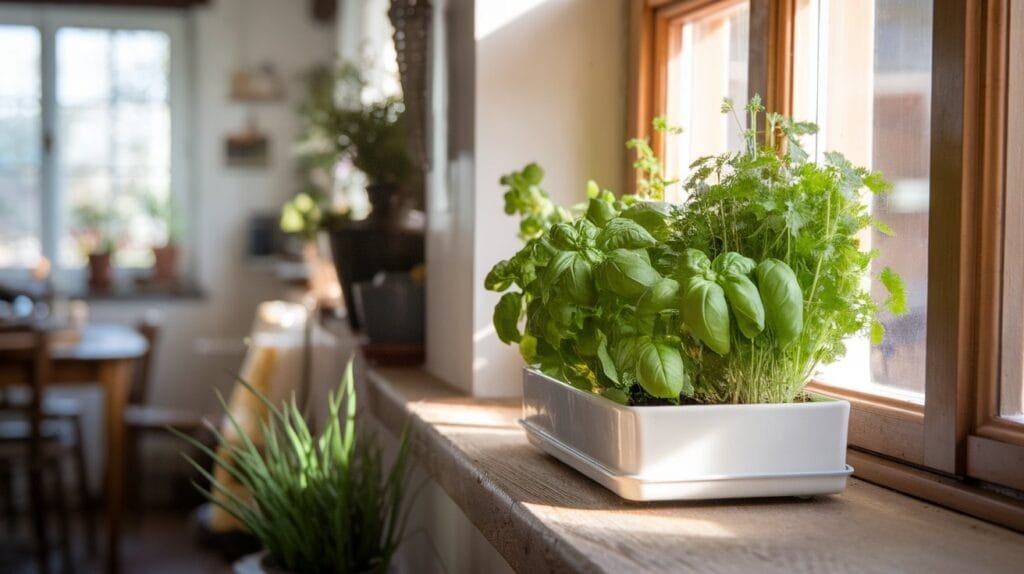
2. Create a Compost Pile or Bin
Transform kitchen waste into nutrient-rich compost without buying a bin. Use a spare bucket or crate and add peelings, coffee grounds, eggshells, and shredded cardboard. Stir occasionally and let nature work.
Composting is a fundamental part of any self-sufficiency journey, helping you understand natural cycles while reducing landfill waste.
3. Learn to Forage (Safely)
Foraging is free food and learning rolled into one. Local parks and countryside paths may offer seasonal treats like wild garlic, nettles, elderflower, or blackberries. Use a reputable field guide or app to stay safe and legal, and never pick anything you’re unsure of.
This hands-on activity deepens your connection with the land—an essential part of simple self-sufficiency.
4. Mend or Upcycle Old Clothes
Don’t throw it—fix it. Learn basic hand-stitching skills to repair worn clothes, or get creative by turning old fabric into cushion covers, patchwork pieces, or reusable cloths.
Perfect for cold evenings, family time, or solo crafting, this practice brings new life to old things and supports a self-sufficiency journey grounded in resourcefulness.
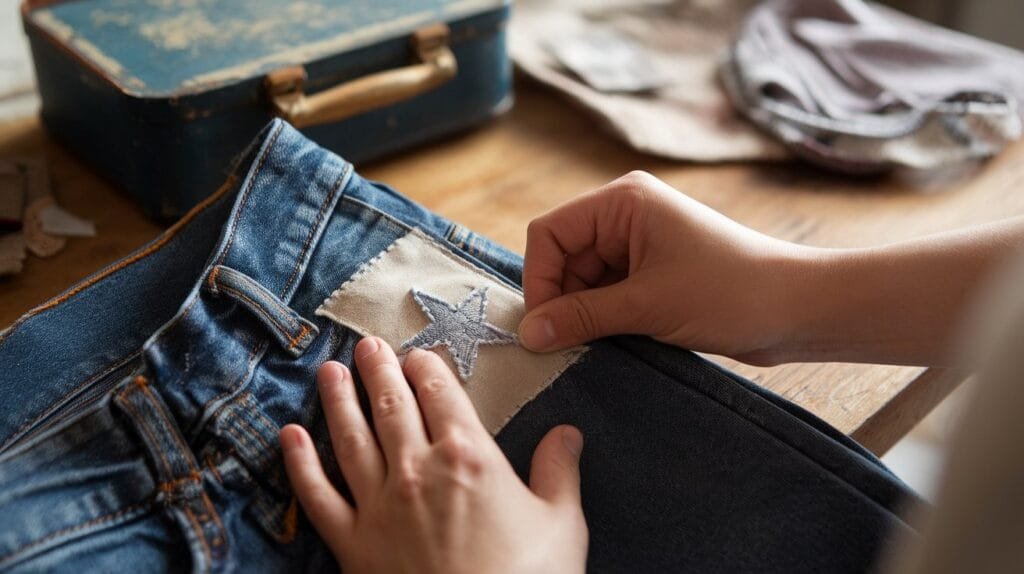
5. Make Natural Cleaners from Pantry Staples
No need to buy branded cleaners. Mix white vinegar with citrus peels for a natural spray, or combine bicarbonate of soda with water for a gentle scrub.
These DIY cleaners are kind to your home, your skin, and the planet—and they mark a practical step forward in your self-sufficiency journey.
6. Barter Skills or Goods with Neighbours
Swap a basket of home-baked bread for someone’s garden surplus, or exchange a jar of homemade jam for help mending a fence.
Bartering strengthens local bonds and reflects the heart of self-sufficiency—sharing skills, goods, and time instead of relying solely on money.

7. Save Seeds from Fruits and Veg
Don’t bin those seeds! Dry and store seeds from tomatoes, peppers, squash, or even apples. Label and tuck them away for spring planting.
Seed saving is a cornerstone of any self-sufficiency journey. It teaches patience, cycles, and the joy of growing something from nearly nothing.
8. Batch Cook with What You Have
Use up odds and ends in your cupboards to create soups, stews, or bakes. Cooking in batches saves time, energy, and reduces waste.
Get the whole family involved—it’s a chance to learn budgeting, planning, and nutrition, all vital to a simple self-sufficiency lifestyle.
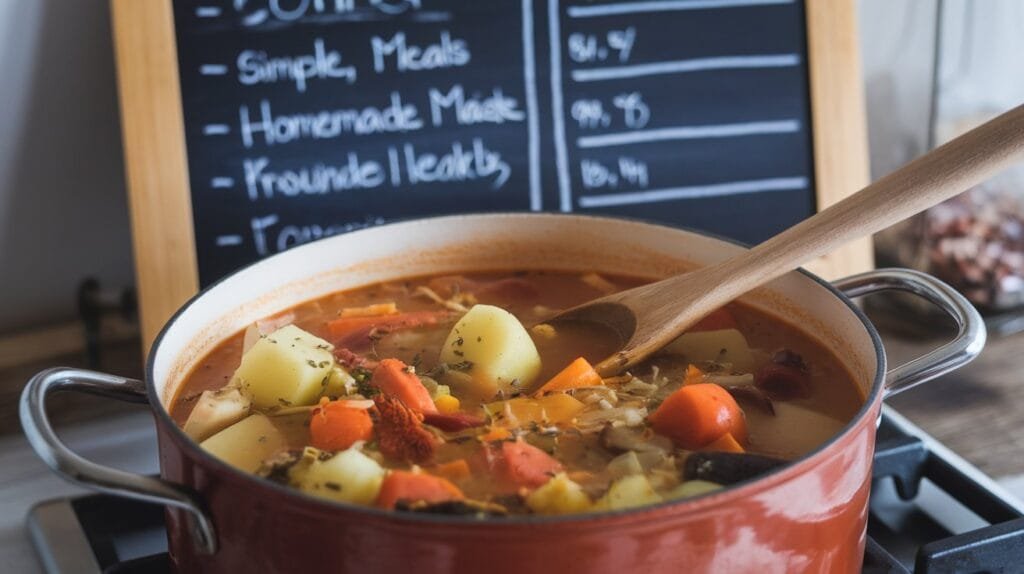
9. Create a DIY Water Collector
Catch rain in old buckets, plastic storage boxes, or washing-up bowls placed in outdoor spaces. Use this collected water for indoor plants or balcony gardens.
This simple hack introduces water conservation—an essential part of your self-sufficiency journey—without needing a costly rainwater system.
10. Join a Local Library or Community Group
Local libraries often hold books on gardening, crafting, and preserving. Some even offer free workshops or tool-lending schemes. Community groups can connect you with others on a similar path.
Learning is at the core of any self-sufficiency journey, and tapping into free local resources keeps the spirit of shared growth alive.
FAQs About Getting Started for Free
Is it really possible to be self-sufficient without spending money?
Absolutely. While complete self-reliance may eventually involve some investment—like tools or seeds—many of the core habits on your self-sufficiency journey can begin with what you already have.
From composting kitchen scraps to bartering skills and repurposing materials, it’s entirely possible to start strong without opening your wallet. The key is to begin with learning, creativity, and a willingness to try.
What if I live in a small flat?
Small-space living is no barrier to beginning your self-sufficiency journey. You can grow herbs on a windowsill, make natural cleaners in your kitchen, batch cook with pantry staples, or forage responsibly in local green spaces.
Many of our Grow Make Learn subscribers live in urban flats and are building beautifully resourceful lives—one homemade project at a time.
How do I stay motivated without quick results?
Self-sufficiency isn’t about overnight transformation—it’s about small, consistent steps. Celebrate the little milestones: a sprouted seed, a mended garment, a week’s worth of zero-waste cooking. These wins build confidence and momentum.
Surround yourself with inspiration and encouragement by joining a like-minded community, such as The Grow Make Learn Box circle, where sharing progress is part of the joy.
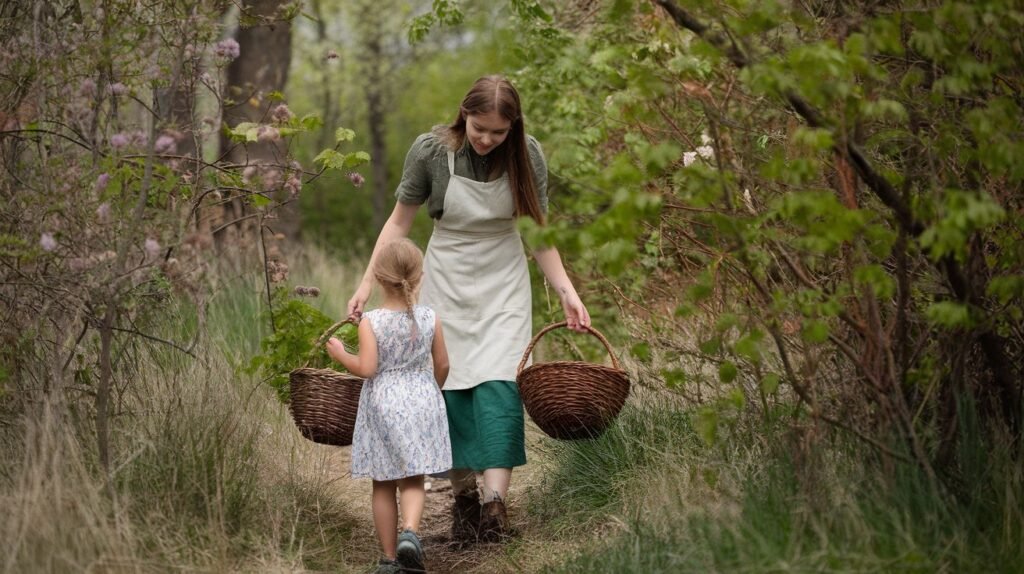
Your Self-Sufficiency Journey Starts Here
Simple self-sufficiency isn’t about perfection—it’s about progress. It begins with a mindset shift: valuing what you already have, making small changes with intention, and learning as you go. From planting herb cuttings in a windowsill pot to bartering jam for homegrown veg, every step on your self-sufficiency journey adds up to something powerful.
At Grow Make Learn, we’re here to walk alongside you. Whether you’re working with a single windowsill or a shared allotment, these zero-cost actions can spark a lasting lifestyle shift. And when you’re ready to go further, The Grow Make Learn Box offers monthly projects that build on these foundations—with curated materials, easy-to-follow guides, and a supportive community that grows with you.


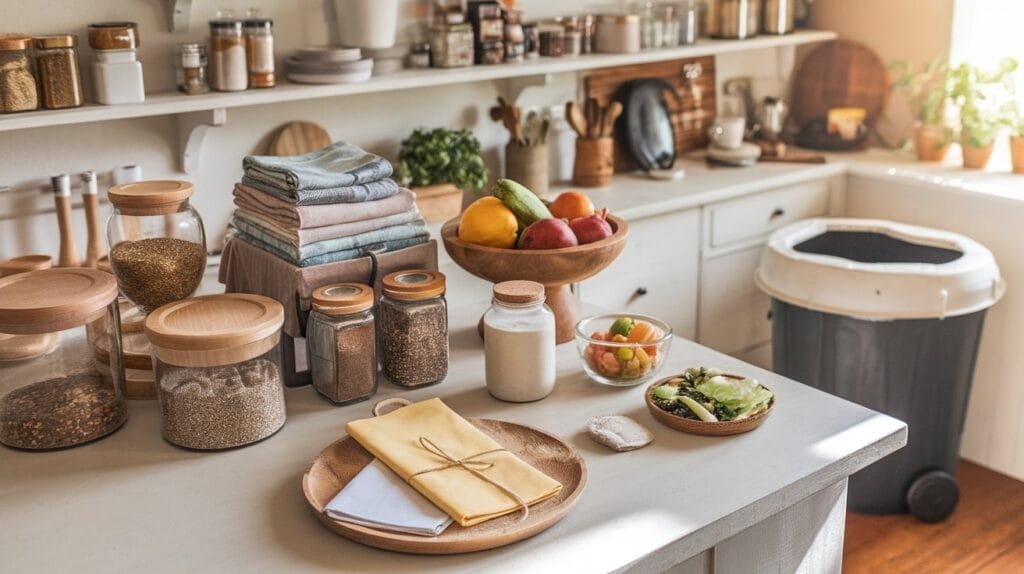
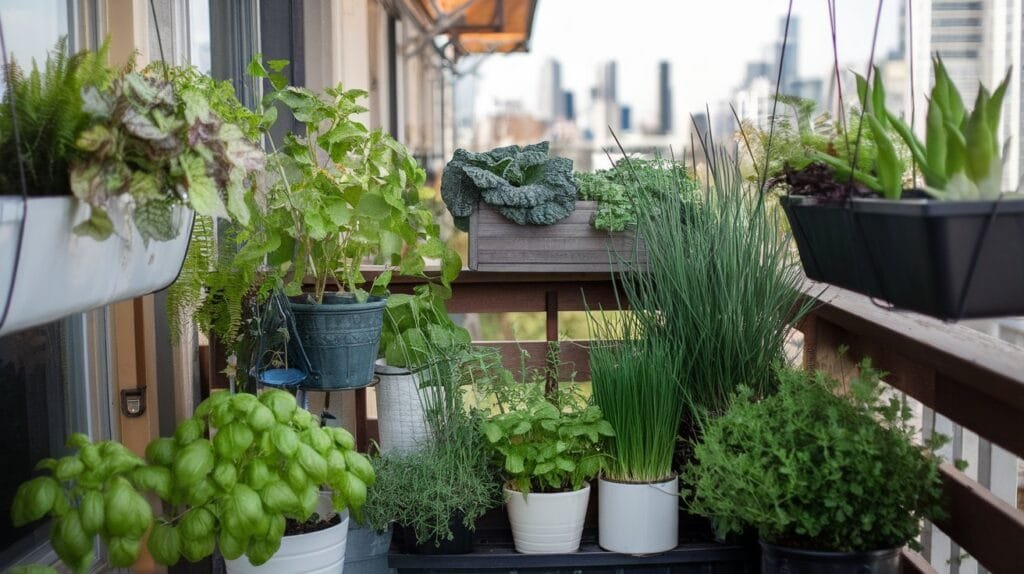
Pingback: Balcony Garden Companion Planting Guide: Boost Yields & Beat Pests Naturally - The Grow Make Learn Box